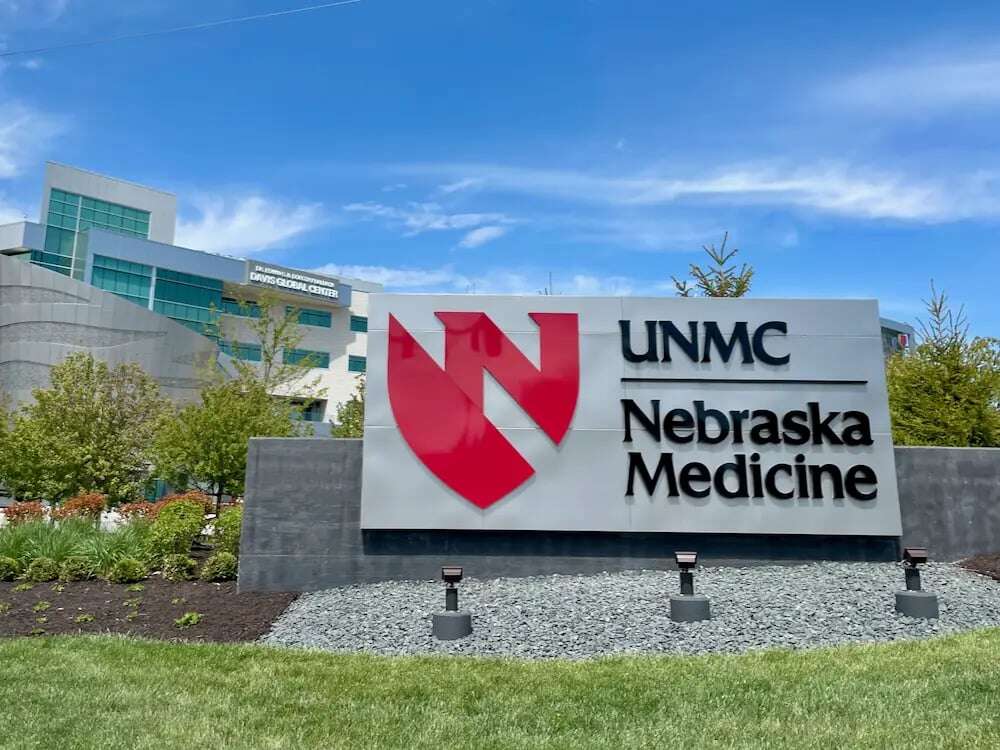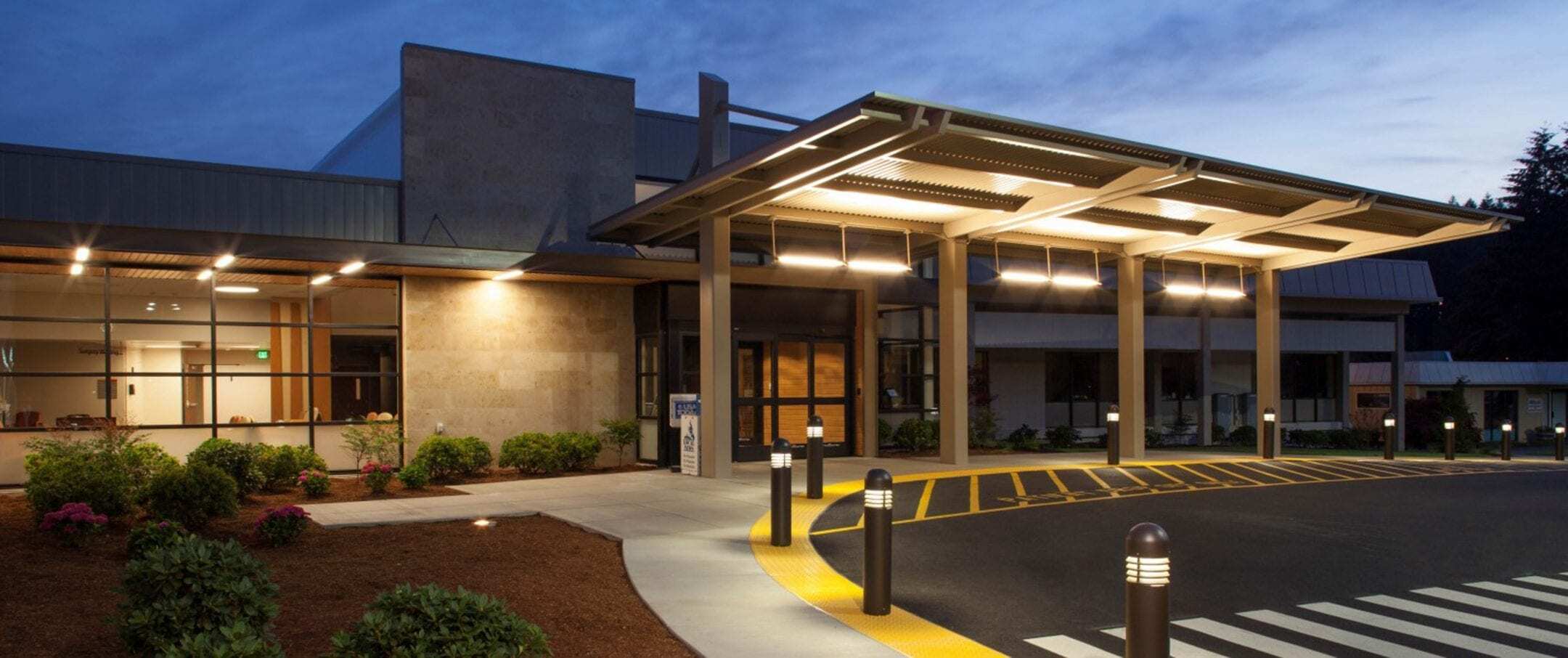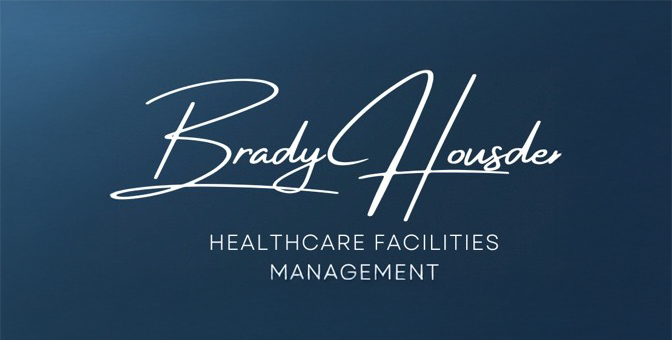Kettering Medical Center Implements Barrier Management Program to Ensure Fire Barrier Integrity

Industry
Healthcare
Background
After an unfavorable inspection, Kettering Medical Center needed to ensure compliance with Life Safety Standards, NFPA 101 Life Safety Codes and NFPA 80 by clearly defining and regularly communicating firestopping protocols for the Barrier Management Program® addressing fire door compliance to all contractors who work in the medical center.
Challenge
The medical center required documentation procedures that manage the process of creating, sealing, and subsequent access of penetrations. Firestop training was also needed to help Kettering control its barriers in a proactive and timely manner
Key Products
EZ-Path Fire-rated Pathways, SpecSeal LCI Sealant, SpecSeal SSB Firestop Pillows, Smoke N Sound Sealant

About Kettering Health
Kettering Health Main Campus offers highly skilled specialists and the most advanced medical technology in the Dayton area. We’re often the first to bring leading-edge treatments to the region, giving you access to the highest level of care. Our contributions to the community include bringing the first CT scanner, MRI unit, PET scanner, and Cyclotron to the area. This medical equipment has improved the community’s health and helped us provide life-saving screenings and treatment.The facility management team at Kettering Medical Center is raising the bar on fire barrier management. Their proactive approach ensures compliance with Life Safety Standards, NFPA 101 Life Safety Codes and NFPA 80 Standard for Fire Doors and Other Opening Protectives by clearly defining and regularly communicating firestopping protocols to all contractors who work in the medical center.
“Sealing penetrations to ensure the hospital’s fire-rated barriers stay in compliance takes constant vigilance,” said Danny McCloud, director of facility management at Kettering Medical Center. “We regularly check the whole hospital from top to bottom to make sure all penetrations are in compliance. Part of our proactive approach is a requirement that contractors receive Firestop Instructional Training (FIT) to provide them with a better understanding of firestop techniques, uses and product changes. Specified Technologies Inc. (STI), our firestop products supplier, came on-site to conduct Level 1 FIT training.”
Barrier Management Program®
Firestop training is an essential element of the Barrier Management Program® (BMP) that is now in place to help Kettering control its barriers in a proactive and timely manner. A big part of the program is its documentation procedures that manage the process of creating, sealing and subsequent access of penetrations. Anytime barriers of a hospital are being penetrated, it is important to have specific goals and processes in place that can be evaluated before the walls are sealed again. “Essentially, it’s a plan of action designed to ensure compliance through the implementation of operational procedures,” explained McCloud. “The goal was to put a good process in place and to educate all our contractors on proper firestopping methods. It helped us ensure contractors working in rated barriers were being responsible for obtaining a permit before putting holes in the walls.”
Permitting Process
The utilization of the permitting process is a major component of the BMP. “It requires contractors to check in and receive a permit before penetrating fire-rated assemblies,” said McCloud. The BMP also incorporates Case Summary Location: Kettering, Ohio STI Firestop Solutions and Services Used • EZ-Path® fire-rated pathways for cable installations, SpecSeal® LCI Intumescent Sealant, Firestop Pillows and Smoke N’ Sound Sealant • Barrier Management Program® and Firestop Instructional Training® Critical Need The medical center required documentation procedures that manage the process of creating, sealing and subsequent access of penetrations. Firestop training was also needed to help Kettering control its barriers in a proactive and timely manner. Challenges Individuals involved in firestopping at Kettering Medical Center needed more education about barrier remediation. Case Study 1 (800) 992-1180 stifirestop.com a process for inspecting a contractor’s work to ensure that penetrations are properly sealed. “It’s a process that requires continual monitoring,” McCloud explained. “We have two fulltime BMP technicians who are constantly on the lookout for permits that contractors are supposed to get prior to beginning work. These permits need to be visible. If our technicians see someone above the ceiling on a ladder and don’t see an above ceiling permit hanging in full view, they need to ask that person if they are putting holes in the walls and to see their permit. When a contractor is finished, our BMP technicians inspect the work and check off that the penetration has been sealed in compliance with standards depending on whether it is a smoke wall or a fire wall and whether it is a rated or non-rated wall. We can then close out the permit.
STI Products Used Exclusively
Contractors working on rated barriers in the Kettering Medical Center System’s three facilities–Kettering Medical Center, Sycamore Medical Center and Kettering Behavioral Medical Center–use STI products exclusively to help stop the spread of fire, smoke and hot gases. Products include EZ-Path® fire-rated pathways for cable installations, intumescent sealants, pillows and smoke sealants. “We have used their products for more than eight years,” said maintenance technician Ed Lovett. “The time the hospital received a less-than-favorable inspection, it was about the protocol and not about the products. We immediately went to work on making protocol changes and had tremendous on-site support from our STI representative. We needed several engineering judgments and were able to get them very quickly. When he was on-site, I just brought him to the problem locations, took his advice and had the crews make repairs.”
Biannual Inspections
Kettering performs two inspections per year of all of its campuses, which comprise about 2 million square feet. “That’s a lot of ground to cover,” said McCloud, who commented on the critical nature of firestopping in a healthcare facility. “Maintaining the integrity of fire and smoke barriers is of special importance for healthcare facilities,” he explained. “We rely on ongoing compliance to maintain our licensing and accreditation. If penetrations or openings are not sealed properly, they can reduce the barrier’s smoke and/ or fire resistance to zero. We are a fully suppressed building, so fires don’t have much of a chance, but we still rely on layers of safety in case there is an unforeseen event. However, smoke can migrate rapidly through the HVAC system due to the air handlers that service thousands of square feet. Fire and smoke barriers function to contain fires within the areas where they start, thus preventing smoke and flames from spreading. These barriers are critical to protecting building occupants and maximizing property protection.”
Online Documentation
Tracking and updating of all fire barrier and firestopping conditions are posted to a spreadsheet, giving the facility management team instant data for reviewing and reporting. “The tracking documentation is posted for future sorting of locations or by type of product utilized,” said McCloud. “It provides evidence that the facility is investing in measures to ensure firestop maintenance.” Facility life safety drawings are also online. “Information and locations of rated and non-rated walls can be easily accessed by non-fire-rated contractors,” said McCloud. “They may be working on a project and need to know if they are going to have to take cables or pipe through a number of smoke or fire walls. This information helps them in the bidding process.”
Helping Reduce Kettering’s Costs
Commenting on the hospital’s relationship with STI, McCloud said, “We are very happy with the company and its products. They brought us a good barrier management program, they service us well, and they work with Grainger, our major vendor, for convenience and to help control costs. Our vendors get to use our same purchasing agreement. That’s one of the many reasons we have stuck with STI. We control our costs whether it’s us, the hospital or the contractor who is purchasing the products.”


